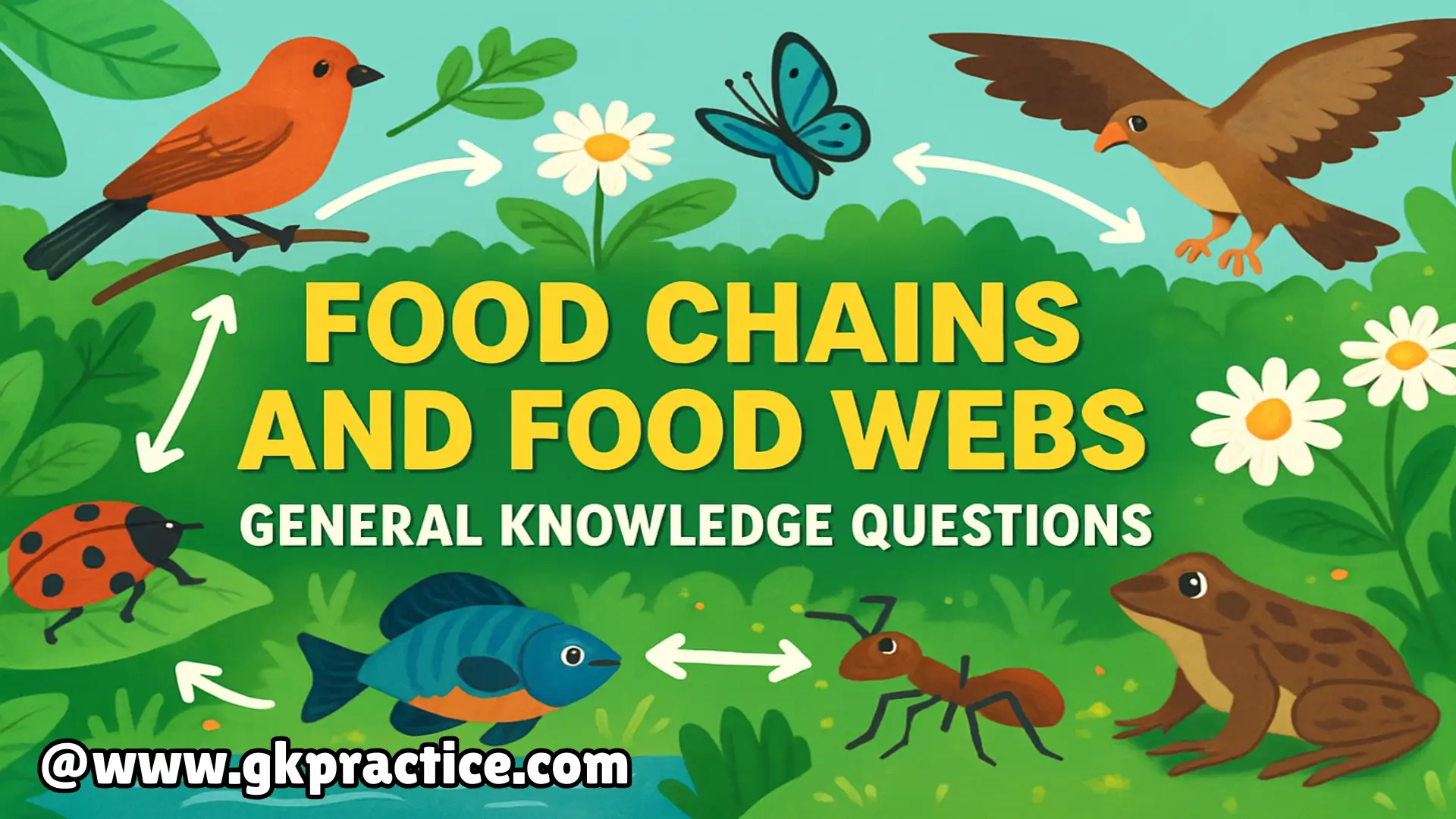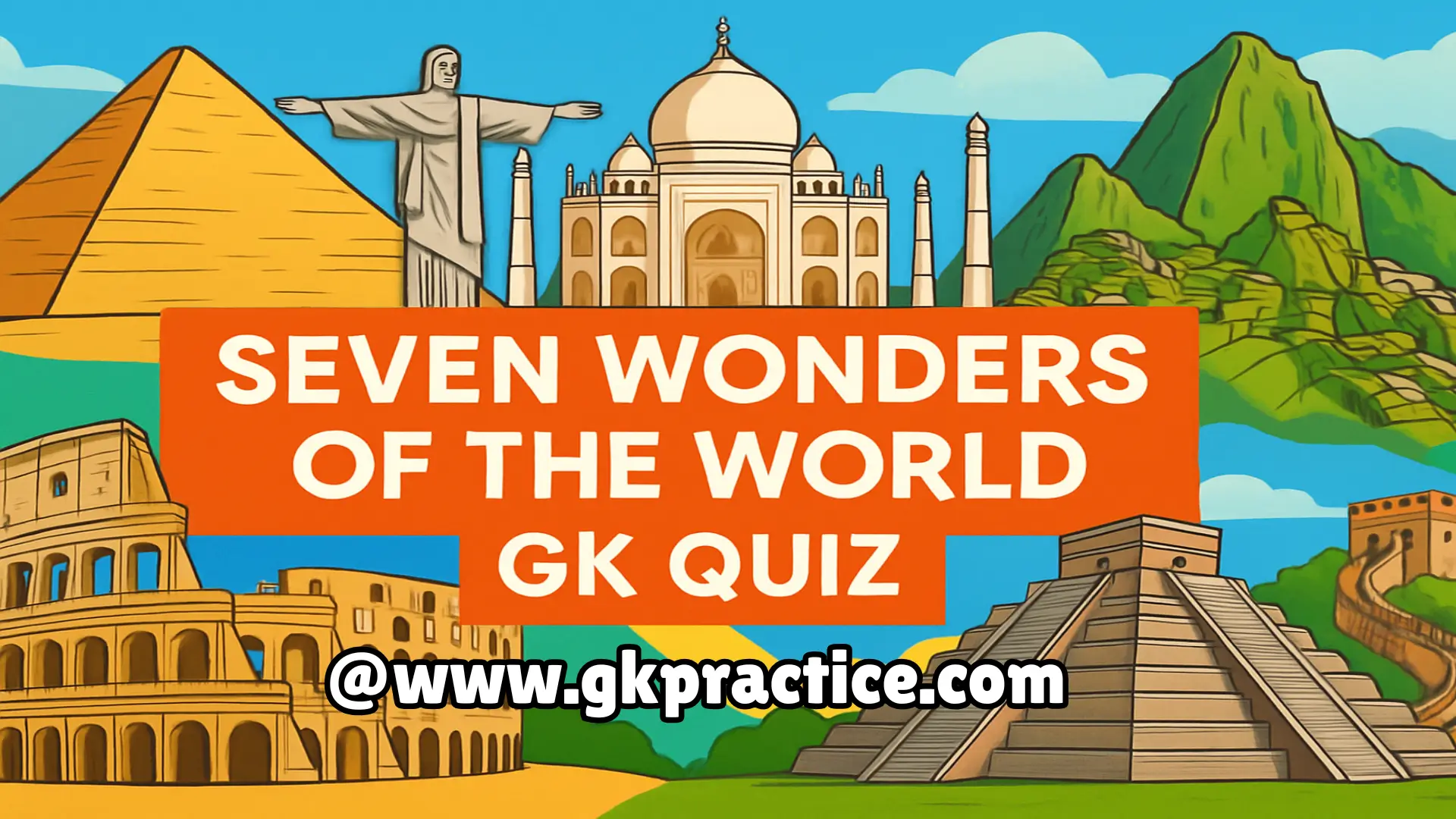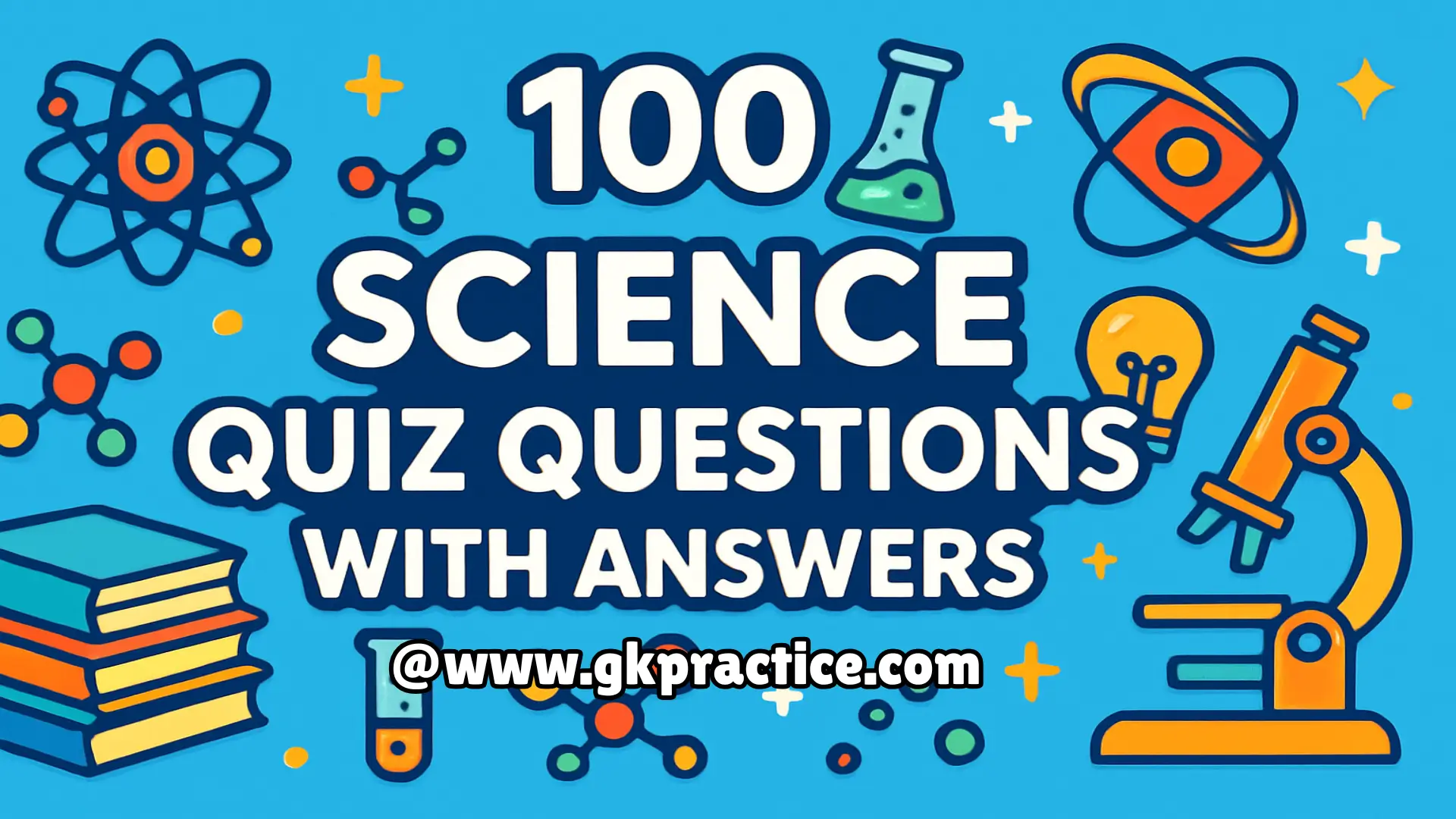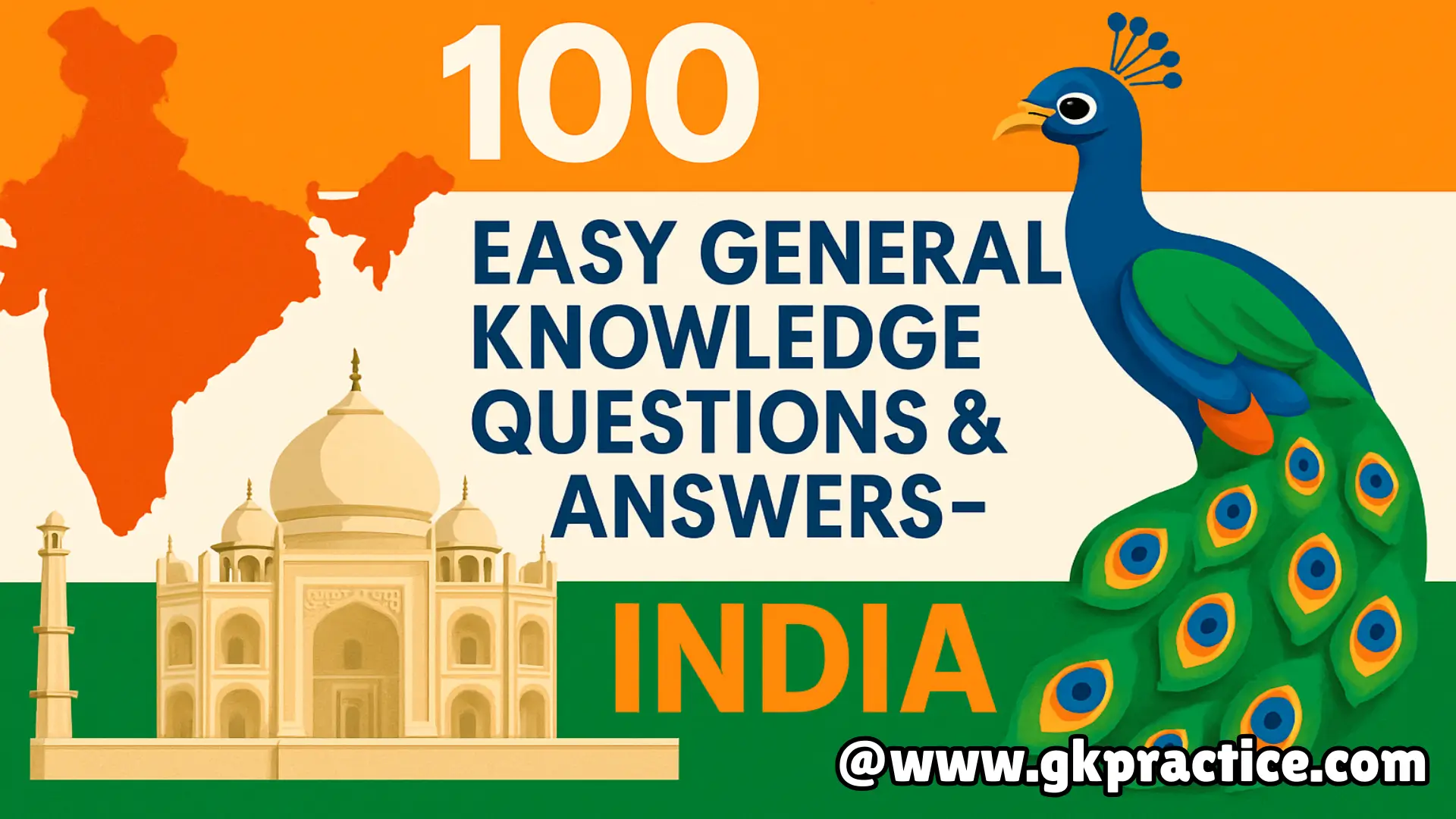A) Yak
B) Lichens
C) Snow leopard
D) Eagle
Explanation: Lichens, composed of fungi and algae, act as primary producers in high-altitude Himalayan ecosystems. They photosynthesize under harsh conditions and serve as food for herbivores like yaks and mountain goats, thereby supporting carnivores such as snow leopards at higher trophic levels.
Q12) Which of the following is a keystone species in Indian grassland food webs?
A) Antelope
B) Tiger
C) Vulture
D) Lion-tailed macaque
Explanation: Antelopes are vital herbivores in Indian grasslands. They consume grasses and are prey for carnivores like lions, leopards, and tigers. Their grazing also controls vegetation, preventing overgrowth. Losing antelopes would destabilize the entire grassland food chain and disrupt predator-prey relationships.
Q13) In a paddy field ecosystem, which organism is considered a secondary consumer?
A) Rice plants
B) Caterpillar
C) Frog
D) Cow
Explanation: In paddy fields, rice plants are producers, caterpillars feed on them as primary consumers, and frogs eat caterpillars, making them secondary consumers. Frogs are then eaten by snakes and birds, continuing the flow of energy through higher trophic levels in agricultural ecosystems.
Q14) Which of these acts as a decomposer in forest litter?
A) Termites
B) Rabbit
C) Leopard
D) Snake
Explanation: Termites break down cellulose from dead wood and leaves, releasing nutrients back into the soil. They play a significant role in nutrient cycling within Indian forests, ensuring soil fertility and supporting primary producers, which in turn fuel the entire forest food web.
Q15) What type of consumer is the Indian cobra in food chains?
A) Primary consumer
B) Secondary consumer
C) Tertiary consumer
D) Producer
Explanation: The Indian cobra is a tertiary consumer because it preys on frogs, lizards, and small rodents. As a top-level predator in its niche, it helps regulate populations of other animals, contributing to ecological balance in agricultural fields and forest ecosystems.
Q16) In the marine food web along India’s coasts, which organism is a primary consumer?
A) Phytoplankton
B) Zooplankton
C) Shark
D) Seagull
Explanation: Zooplankton feed on phytoplankton, making them primary consumers in marine ecosystems. They are then eaten by small fish, which become prey for larger fish, seabirds, and dolphins. This chain highlights the importance of microscopic organisms in supporting ocean biodiversity.
Q17) Which insect is a pollinator and part of food webs in Indian ecosystems?
A) Mosquito
B) Butterfly
C) Termite
D) Ant
Explanation: Butterflies act as pollinators while feeding on nectar, making them integral to food chains. They are also consumed by birds and lizards, forming a bridge between plants and higher animals. Their dual role supports both reproduction of plants and predator diets.
Q18) In Indian wetlands, which bird species is often at the top of the food web?
A) Crane
B) Duck
C) Kingfisher
D) Stork
Explanation: Storks are carnivorous birds that feed on fish, frogs, and small reptiles, making them apex predators in many wetland ecosystems. By controlling populations of aquatic organisms, they maintain ecological stability and contribute to the health of wetland food webs.
Q19) Which organism is an omnivore in Indian forests?
A) Sloth bear
B) Python
C) Chital deer
D) Vulture
Explanation: Sloth bears eat fruits, honey, insects, and small animals, making them omnivores. Their diverse diet allows them to occupy multiple roles in the food web. They aid in seed dispersal and insect control, playing both herbivore and carnivore functions.
Q20) What happens if primary producers in an Indian ecosystem decline drastically?
A) Apex predators increase
B) Decomposers vanish
C) Energy flow collapses
D) Secondary consumers multiply
Explanation: Producers form the base of all food chains. A decline in them disrupts the entire energy pyramid, reducing herbivore populations and consequently affecting carnivores and decomposers. Without producers, ecosystems cannot sustain life, leading to collapse of the food web.







